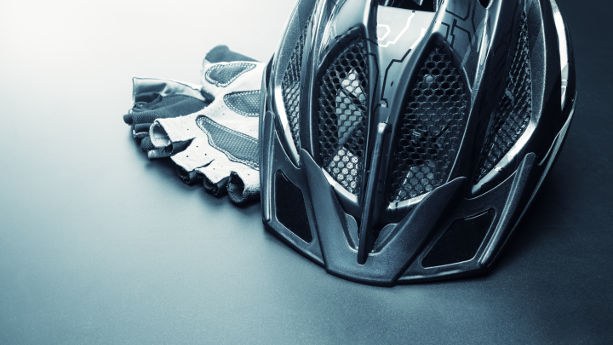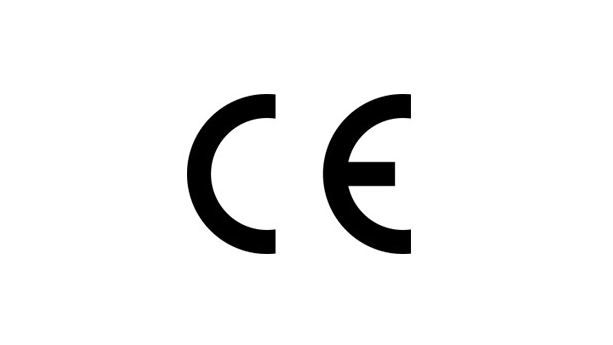
Helmets of various kinds are normally classified as Personal Protective Equipment in the European Union. In this guide, we cover the PPE Directive, EN standards, REACH, certification, labeling and other requirements when importing or exporting helmets to the EU.
Mentioned Products
- Bicycle helmets
- Children’s helmets
- Motorcycle helmets
- Construction helmets
- Military helmets
- Ski helmets
Content Overview

FREE CONSULTATION CALL (US, EU & UK)
- Request a free 30-minute call with Ivan Malloci to learn how we can help you with:
- Find product requirements
- Certification and labeling
- Lab testing
Personal Protective Equipment (PPE) Directive
Helmets designed to protect users from injury are covered under the PPE directive. No matter if you are planning to import ski helmets or motorcycle helmets, you must ensure that the helmets are compliant with the general requirements outlined in the Personal Protective Equipment (PPE) Directive before placing helmets in the EU market.
There is an overview of the PPE category classifications:
Category I: Simple PPE designed to protect users to reduce minimal risks. For example sunglasses.
Category II: Intermediate PPE to protect users from physical, electrical, and chemical injury. For example, this includes helmets and safety spectacles.
Category III: PPE products that may cause serious consequences such as death or irreversible damage to health. For example eye protectors for use at extremely intensive IR radiation.
It is important for importers to understand that helmet products belong to category II and ensure the conformity requirement accordingly.
Here we listed an overview of general requirements under the PPE Directive:
1. CE mark- PPE directive is one of the CE directives, therefore, importers shall CE-mark their helmet product and ensure the CE compliance.
2. Declaration of Conformity (DoC) – Importers shall provide the DoC to indicate those applicable standards and requirements.
3. Technical file – Technical file is somehow similar to the product specification, but it must be supported with the relevant test reports.
4. User manual – the user manual shall include an overview of the product and safety instruction for users.
Children’s Helmets
Children’s helmets such as ski helmets or bicycle helmets are also considered to be PPE. Importers shall comply with the specific requirement for children helmets under the PPE Directive. For example, chin straps for children’s helmets shall be self-releasing to prevent strangulation. In addition, certain warning texts may also be required.
PPE Lab Testing
Accredited testing companies can provide comprehensive PPE lab testing services for your helmets products. Before importing helmets to the EU, importers shall either obtain a certification from the suppliers or book third-party lab testing for compliance.
PPE Testing Companies
Here is an overview of PPE accredited testing companies offering PPE compliance services for helmets:
- Intertek
- Bureau Veritas
- SGS
- TUV
Risks
Helmets manufactured outside the European Union are not necessarily designed for compliance with the PPE Directive. Keep in mind that some helmet manufacturers in China, and elsewhere, primarily make helmets for the domestic markets or other export markets. Products intended for non-EU countries are therefore generally not designed to comply with the safety requirements outlined in the PPE Directive.
As such, you must either submit a helmet sample for third-party compliance testing or request pre-existing test reports valid for the type of helmet you intend to place on the EU market.
EN Standards
There is no legal obligation to apply EN standards to your product unless it has been harmonized and it is mandatory under one or more CE directives.
However, in any case, importers are responsible for any incidents caused by unsafe products, and EN standards are a great reference point when designing helmets.
EN standards provide typical helmet specifications, test methods, and procedures to ensure safety requirements when importing to the EU. Importers can benefit from a mutual understanding of safety helmets and used as tools to facilitate the manufacturing process.
Examples of EN standards for helmets
- EN 397 – Protection from falling objects
- EN 14052 – High-performance industrial helmets
- EN 50365 – Insulating helmets for use on low voltage installations
- EN 12492 – Helmets for mountaineers
- EN 1080 – Helmets for young children
Depending on different types of helmets, importers can search for additional EN standards on shop.bsigroup.com.
EN standards testing
Established test companies such as Intertek, Bureau Veritas, and SGS, can help to assess the applicable EN standards for your helmet product and perform lab testing and issue certification accordingly.
CE Marking

The CE marking is mandatory for products that are covered by one or more CE marking directives such as the PPE Directive. As such, helmet’s importers must affix a CE mark to the product and its packaging before they can be sold in the EU market. The CE label must be permanently and visibly attached.
CE label file
Importers shall not design their own CE label for compliance. Instead, importers shall refer to the standard CE mark and provide the label file to suppliers. Importers shall also specify the following:
- Dimensions
- Position
- Color
- Print type
Product Traceability
In addition, you also need to affix a traceability label on the helmets and its packaging. A traceability label brings accuracy and accountability to your products throughout the supply chain. The following information shall be included in the traceability label:
- SKU
- Manufacturing date
- Production facility
- Country code
Example: SKU-0801-11A-CN
CE Documentation
Besides CE labeling requirements, helmet’s importers shall also comply with documentation requirements such as the Declaration of Conformity, User Manual and Technical File.
Declaration of Conformity (DoC)
The Declaration of Conformity can be issued by importers or manufacturers, for other parties to verify CE compliance of your helmets. The DoC must at least specify the following information:
- Produce identification/SKU (e.g. Helmet Model C)
- Product features
- Name and address of the manufacturer/importer
- List of EN standards or directives
- Location
- Responsible individual
Note: The DoC is a primary document, and it is often requested by government bodies, retailers and market surveillance.
User Manual
Helmets might come with a strap or shield in order to improve the protection, and importers must provide detailed instructions on how to use the helmet correctly.
Here’s a basic overview of the items you must include:
1. Instructions on how to assemble the helmets
2. An overview of the relevant parts and part names of the product
3. Safety instructions and potential hazard
4. Instructions on how to use the helmet
5. Instructions on how to repair or replace parts on the helmet
6. Instructions on how to dispose of the product in an environmentally friendly manner
Technical File
The technical file is used to describe a product and prove that it was designed according to applicable standards. Here the main information it shall contain
- Bill of materials
- Design drawings
- Label files
- Packaging files
- List of applied standards and directives (e.g. PPE Directive)
- Test reports
- QC reports
- Risk assessment
Motorcycle Helmets
ECE 22.05 is a United Nations’ motorcycle helmet regulation that is enforced by the European Union states and other states such as New Zealand, Japan, and more. It provides specific testing methods, including crash tests, and label requirements for motorcycle helmets.
According to the regulation, helmets must also contain a mark that has the following structure “EX 05A/B-C” where:
- EX is the country code (E1 for Germany, E2 for France, and so on)
- 05 is the regulation version, with 22.05 being the current version
- A is the approval number
- B represents the kind of protection offered by the helmet (lower face cover, for instance)
- C is the serial number of the helmet
Note that motorcycle helmets are not covered by the PPE Directive.
Other Information
REACH
REACH regulates the use of chemicals for many products including helmets. REACH set limits to certain hazardous substances in the product such as lead, mercury, and nickel, which can be found in the paint and the metallic part of helmets.
The list of Substances of Very High Concern (SVHC) provides those restricted substances that could cause potential harm to users. Importers can verify the substance via third-party testing companies such as Intertek and SGS.
Product Packaging
Importers shall also comply with the packaging regulation in the EU, which mainly set limits to the packaging material (e.g heavy metal).
Only a few suppliers can provide test reports for their packaging material, therefore, third-party lab testing is the only way to verify compliance before importation.




















When helmets have parts that can fall, for instance, screens can fall if the screen change system pins are left in the open position, this can represent a danger if the user is not aware of the system. In this case, is it mandatory that helmet have instructions for use, or at least a warning that the part can fall if the pins are not suitably placed? If so, per which regulation? Thank you.
Which is helmet validity from manufacturing date?
I am seeking to identify the conformance standard for American Football Helmets, which aren’t included in this article, in order to obtain a Certificate of Conformity. Are you aware of any such standard specifically covering American Football Helmets?
Finally, the Helmet helps to protect ourselves from injury.
Yes… as long as the helmet is compliant!